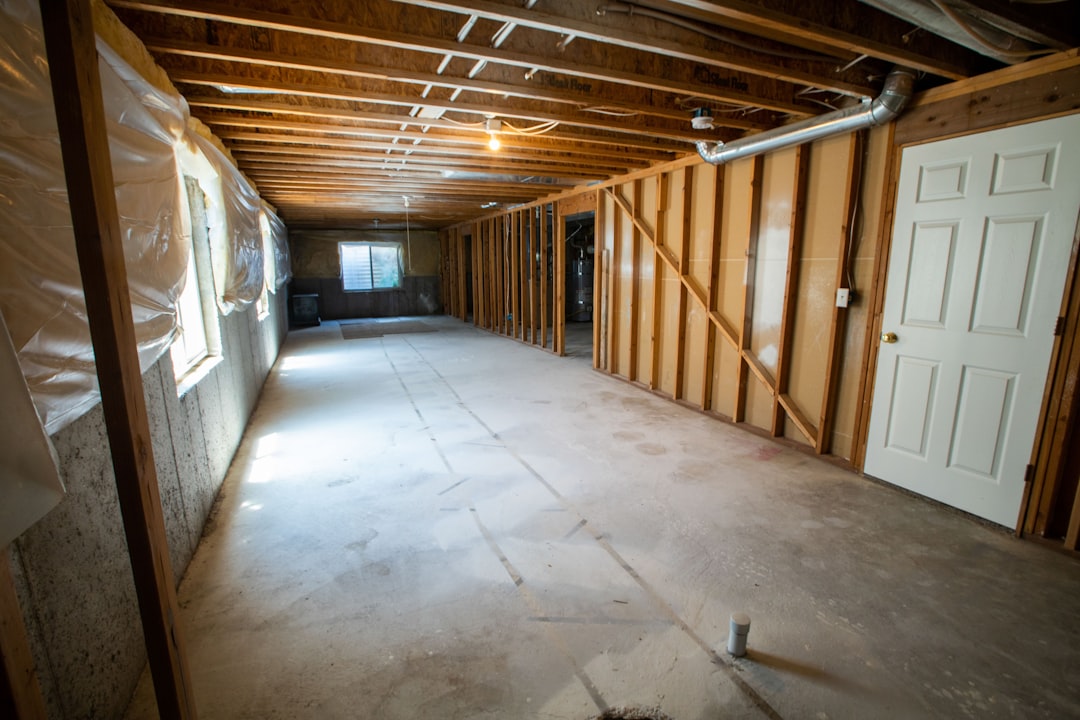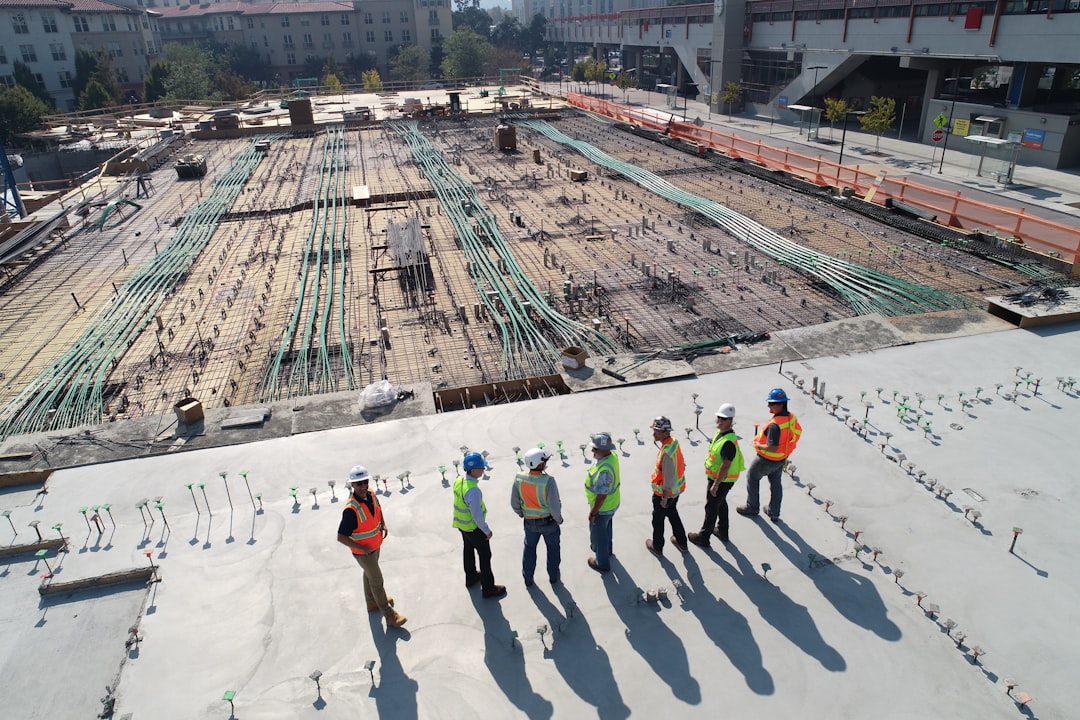A dry basement is essential for maintaining the integrity of your home. Water intrusion not only damages personal belongings but can also lead to structural issues and unhealthy mold growth. Homeowners often overlook the importance of basement waterproofing until they are confronted with costly repairs. Understanding the methods and benefits of waterproofing can help you protect your investment and ensure a safe living environment.
There are several reasons why basements are prone to moisture problems. Poor drainage, cracks in the foundation, and fluctuating water tables all contribute to water seeping into the lower levels of a home. Once moisture penetrates, it can be difficult to control unless the right preventive measures are in place. One of the most effective ways to halt water ingress is through the application of a high-quality basement waterproofing membrane, which forms a protective barrier to keep water out.
In addition to internal and external sealants, proper grading around the house and functioning gutter systems are essential. These strategies work in tandem with waterproofing products to divert water away from the foundation. When all parts of the system function correctly, the risk of water damage is significantly reduced. However, choosing the right waterproofing method depends on the specific conditions of the property, including soil type, climate, and construction materials.
For those considering renovations or new constructions, integrating waterproofing during the building phase is highly recommended. Not only is it more cost-effective, but it also provides peace of mind knowing your basement is protected from the start. Even in existing homes, retrofitting waterproofing systems can greatly improve indoor air quality and reduce the likelihood of long-term damage. For more insights on effective waterproofing techniques and material options, visit the experts at this trusted resource.
Ultimately, investing in basement waterproofing is a proactive step toward protecting your home’s value and ensuring a healthy, usable space below ground. Whether it’s a finished basement or just extra storage, keeping moisture at bay makes a significant difference.








